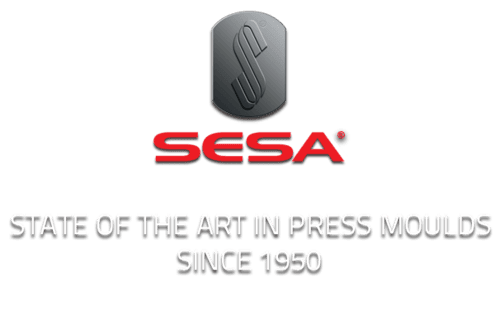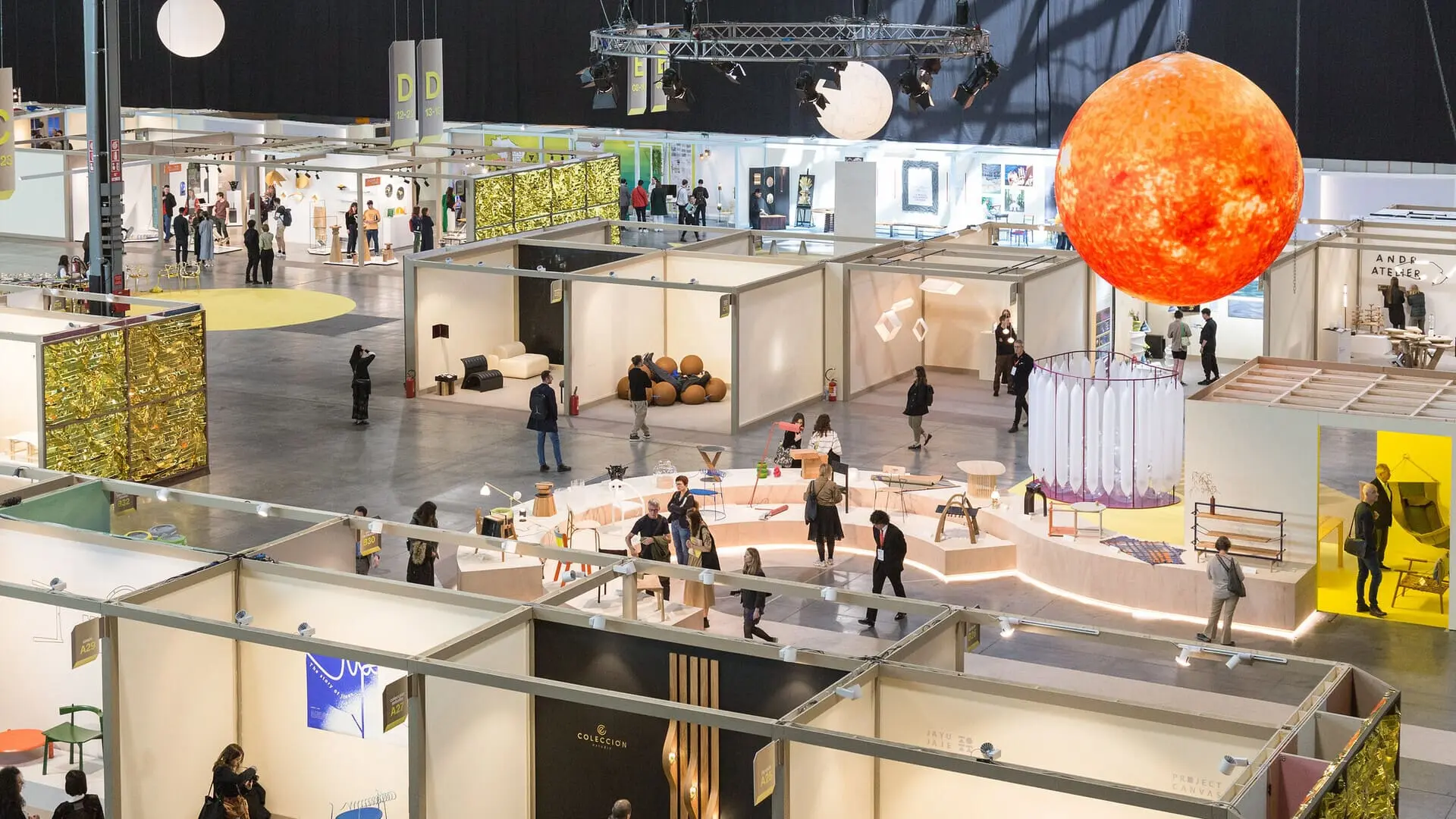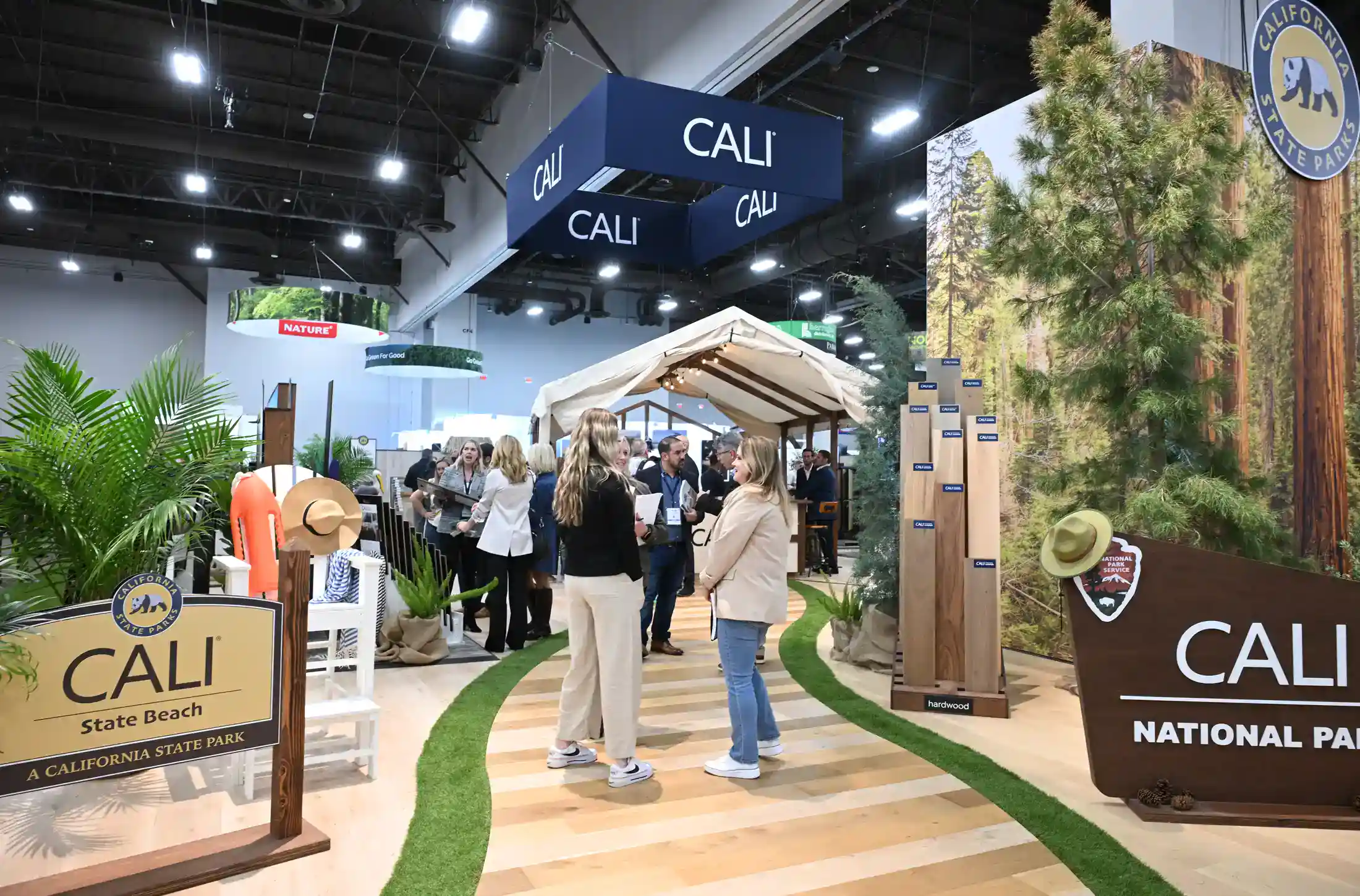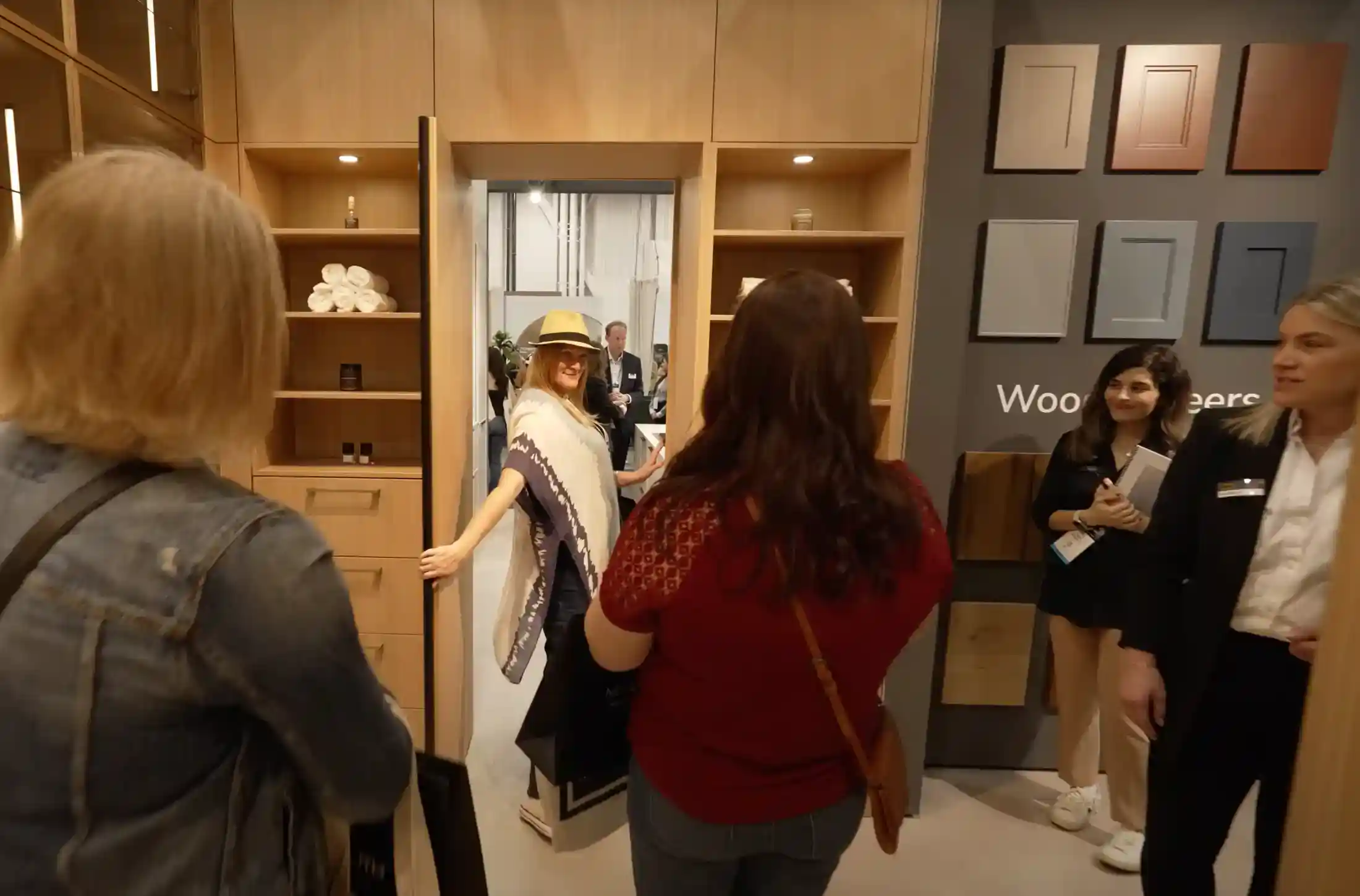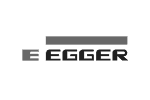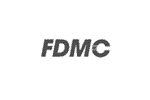SaloneSatellite – No One Over 35 Need Apply
SaloneSatellite, which runs concurrently to the Salone del Mobile and Milan Design Week, was the first event to focus on young designers, has become the unrivaled place for interfacing between manufacturers, talent scouts and the most promising young designers.
Its creation was essentially a declaration of faith in the creative potential of designers under 35. Many of the prototypes presented in the previous editions have gone into production, and many of the 10,000 designers who have taken part over the years, along with 270 international design schools, are now big names on the design scene.
Satellite is always my first stop when I visit the monstrous Fiera Rho on the outskirts of Milan, home of the furniture fair now for over 10 years. The inspiration, the conversations, the energy, and the fact that everyone showing there has been selected, none are over 35, and none are allowed to show there more than twice, make it a completely unique opportunity to meet the next generations of designers from around the world.
To show at Satellite your submission is juried by a panel of architects, designers, journalists and manufacturers. Submissions are due in August the year before the show. Want to be part of it? Click here.
– Kenn Busch
VOLIS : Atelier Insolite
Materials:
⌂ Ravaged Stumps and Trunks of Oak from Swiss Forests
⌂ Pigmented Bio-based Resins
Volis is an old French word that describes a tree ravaged by the elements. VOLIS is a unique project in Switzerland joining man and nature in harmonious creations that celebrate the interplay between color and materials.
Swiss cabinetmaker Romain Luppi of Atelier Insolite, is passionate about wood in all its forms. He scours forests for dead wood that has been patiently shaped by natural elements, insects and time.
“Bent, distorted or whittled away, the wood is transformed and cracked, twisted by natural forces. It takes on fascinating hues that highlight its structure and curves,” says Luppi. “I wanted to enhance it further for my furniture designs, to suspend time, preserve the outlines and sublimate the details and subtleties of the wood in a unique and colorful way.”
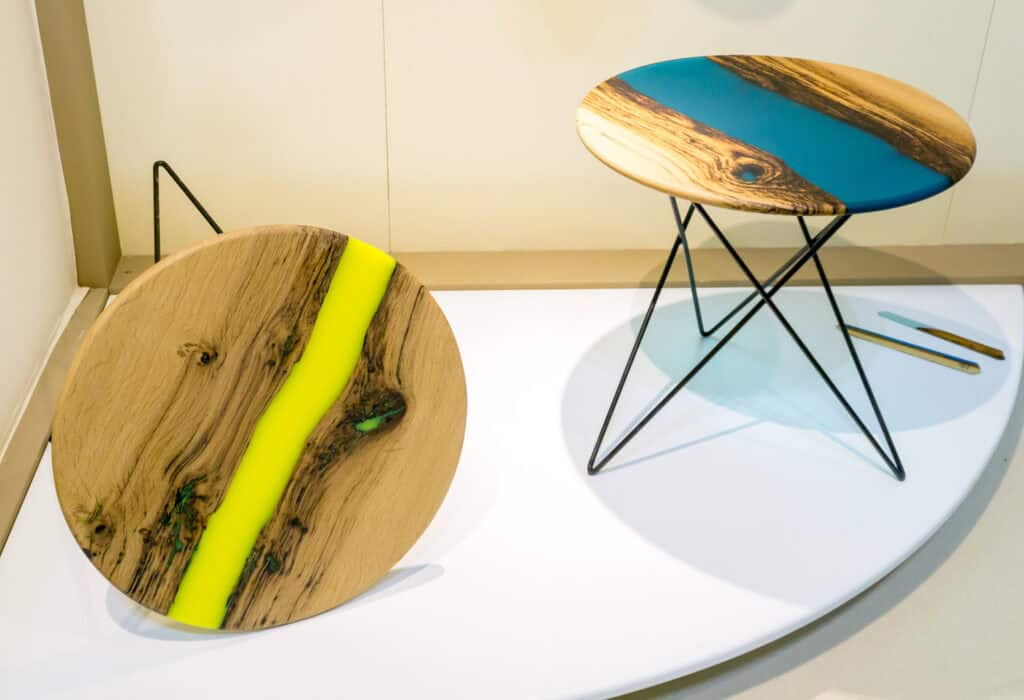
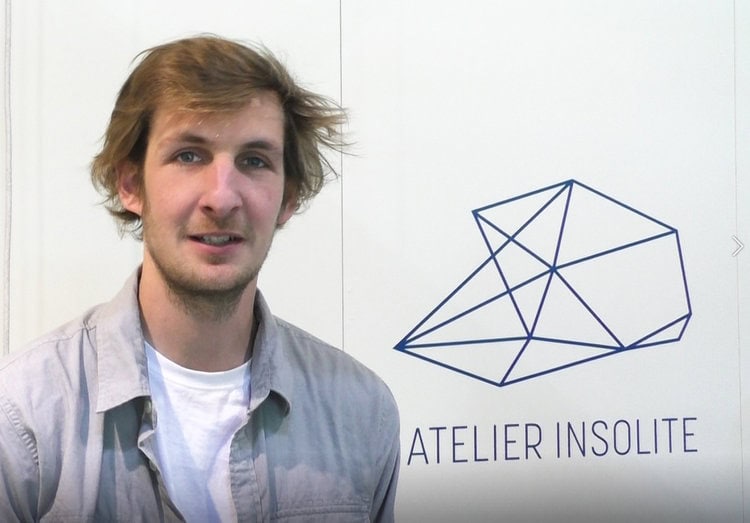
Two years of research and testing have enabled Romain to achieve extraordinary results. Thanks to the use of ecological composite products – an organic bioresin to which he adds colored pigments – the timeworn stumps he finds in his own region become magnificent pieces of furniture. Not only does this subtle combination of gracefulness and depth allow preservation of the wood; it gives it a new life. Both materials blend perfectly and the wood shows off its luminous and vibrant shades.
“It’s a special technique to infuse the resin in the wood. The wood has been ravaged by insects and moisture, but after the injection of the resin it’s completely stable and durable. The resin infuses not only the voids, but the grain as well.”
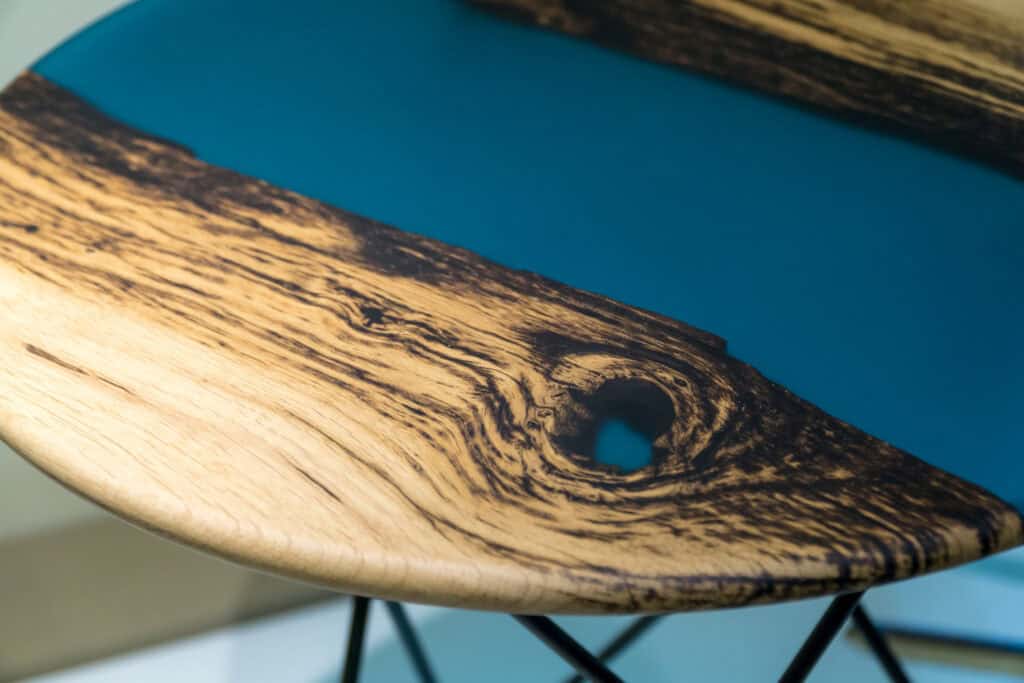
Rust Harvest : Studio Yuma Kano
Materials:
⌂ Rust
⌂ Acrylic Resin
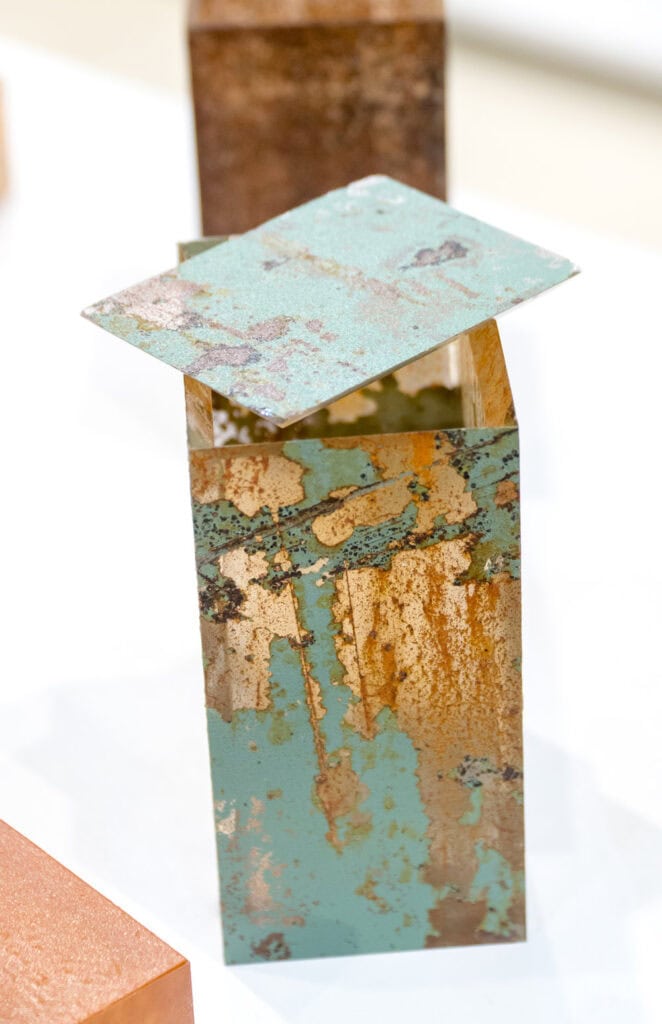
“Rust Harvest” is an experimental materials project by Studio Yuma Kano focused on the beauty of rust. The prevention of rust is an age-old problem in manufacturing. Rust has brought down planes, slowed ships, disabled engines, ruined bridges, spread through reinforced concrete, jammed guns, broken washing machines, and reduced unnumbered bicycles to useless scrap. While constantly cast as a devil, a closer look at rust reveals a variety of startlingly beautiful patterns and complex mixtures of color. With this in mind, we believed that the attractive expressions of rust could be produced in quantity and used in new textures and products.
“My studio is in a shipyard, so I’m naturally surrounded by rust!” says designer Yumo Kano. “Most people think of it as a negative material, but I thought I would try to find the good in it. It’s actually a natural material, in that you can’t really control how it will looks, and you can’t reproduce an exact look. It depends on the seasons, the weather, the temperatures.
“Through trial and error, we were able to develop a technique that allowed us to transfer only the rust from metal plates using acrylic resin. We expose these plates to light, rain, soil and seawater to create rust, collect the rust, and then subject the plates to more weathering, which creates another crop to harvest in a process similar to an agricultural cycle.
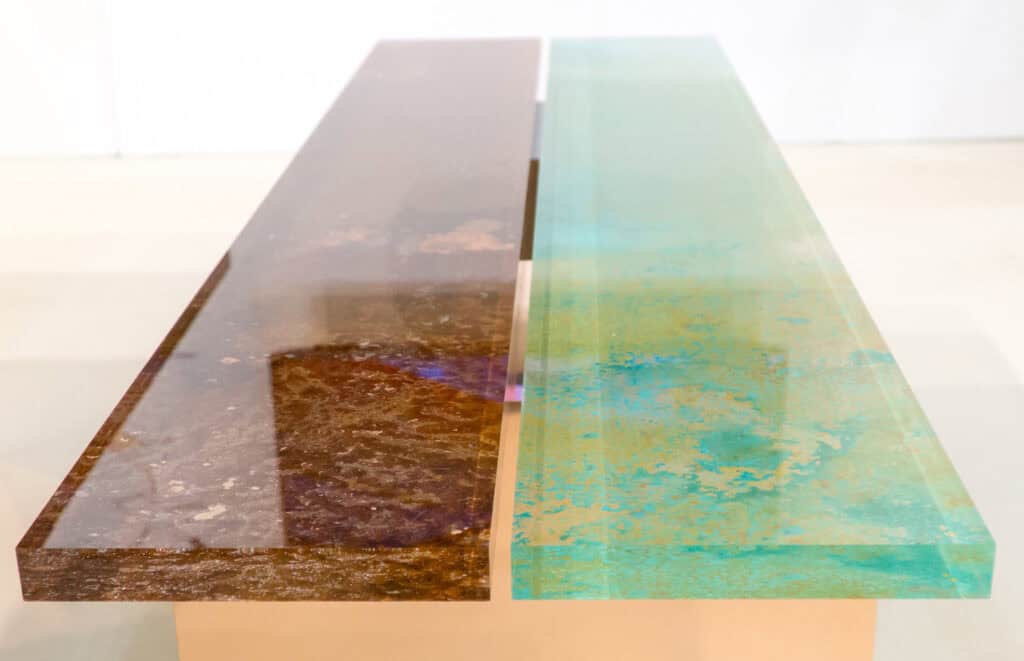
“My studio is in a shipyard, so I’m naturally surrounded by rust!”
“Then we pour resin over the steel plates, let it cure for a few days, and when we pull it away the rust lifts off with the acrylic sheet. Unlike metal, the light penetrates rust trapped inside the acrylic resin, which creates a frozen moment from a process that has taken years. Because the resulting material can be used like ordinary acrylic resin, it holds limitless possibilities for various products, interior design, and construction.”
“Adding parts of the metals the rust came from – iron for red, copper for blue – lets the user compare it to its original form. The metal is left untreated, giving it a raw look. After years have passed they should look like the material within the acrylic.
“While we still use natural rust, we have taken into account manufacturing, distribution, and costs to create a complete system of production that has moved beyond the scope of design alone.”
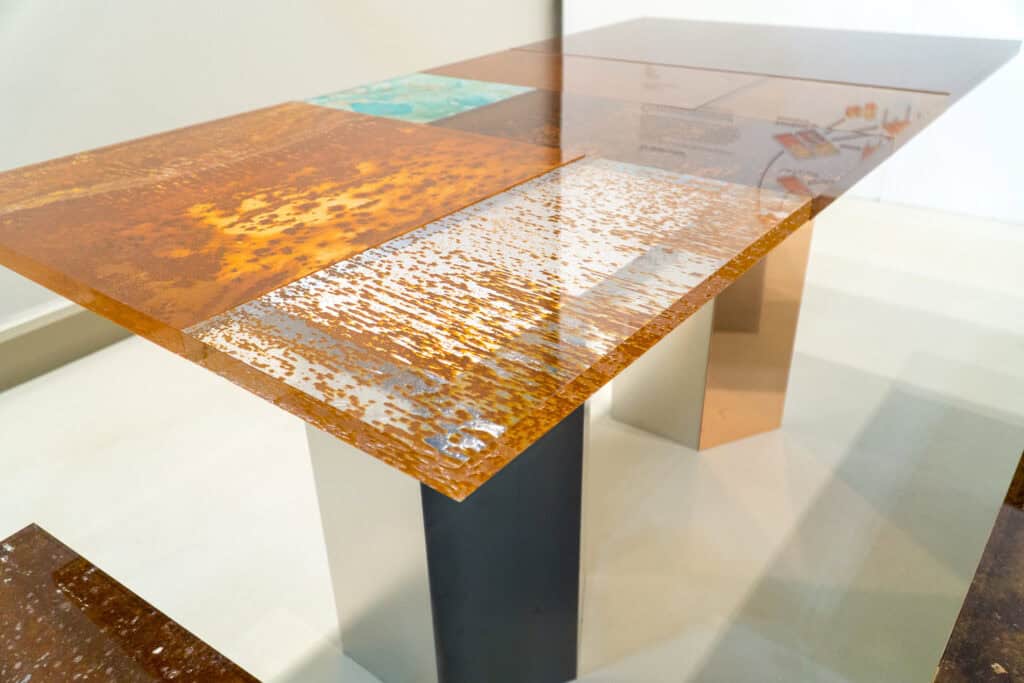
Inside Out Furniture : Tianyi Shi
Materials:
⌂ Furniture Foam
⌂ Wood, MDF, Steel
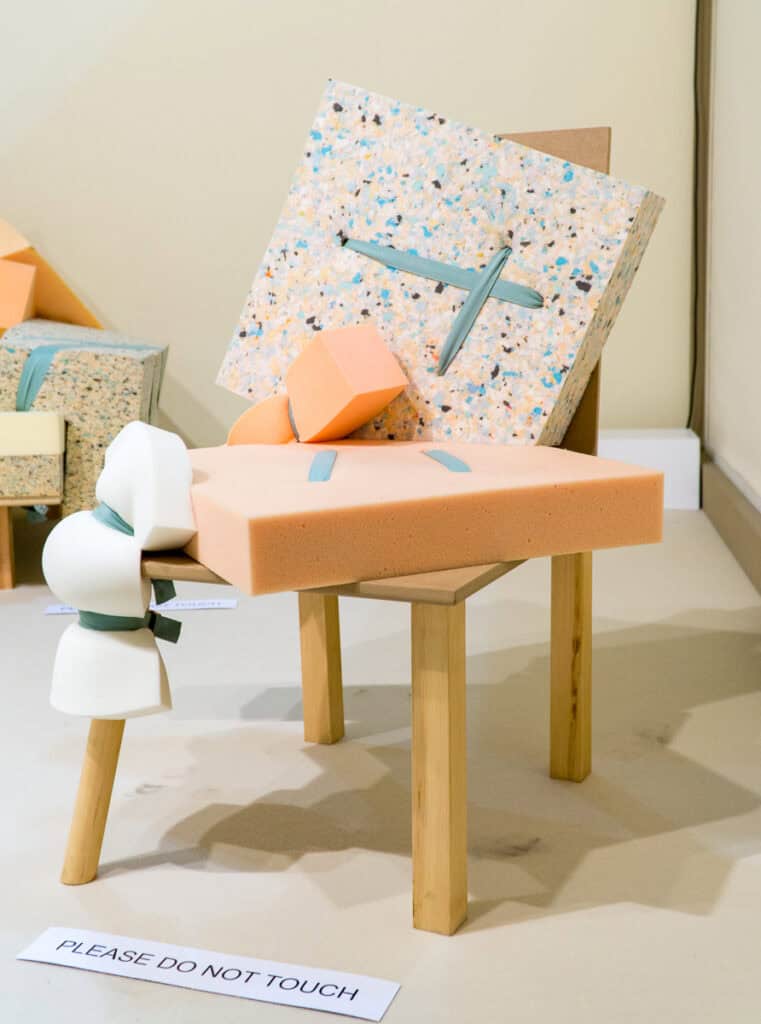
Tianyi Shi wants you to know what’s underneath.
Shi’s graduate project while a student at London’s Central Saint Martins College of Arts and Design was an experiment in the deconstruction of everyday furniture, with a particular focus on the meat of the matter: foam.
“For me it’s a really interesting material, with beautiful colors and interesting textures,” says Shi. It’s also very flexible, so it has lots of possibilities. I started to play with this material, and it inspired this collection. I wanted to show the features of different kinds of foam, so I used different densities and different colors for different parts. For example, the back of the couch is a high-density foam for support.”
At first, Shi’s pieces look a bit like move-in day meets Star Trek transporter malfunction. The essential DNA of familiar pieces of furniture have been radically altered, yet they still serve their designed purpose. And even though we weren’t allowed to sit on them during the Milan fair, she assures us they’re quite comfortable.
“The chip foam, which has a density is higher than other foams, is used on the back, seating and arm to support people. The budget foam is softer, so I used on the sitting surface.”
The lesson: Raw foam has its own beauty and doesn’t require being skinned with upholstery to create comfortable furniture.
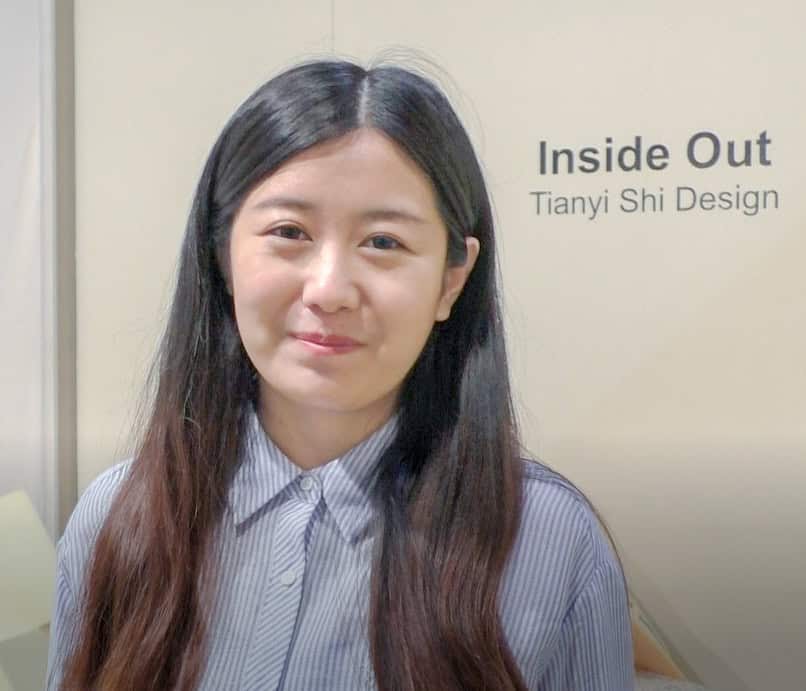
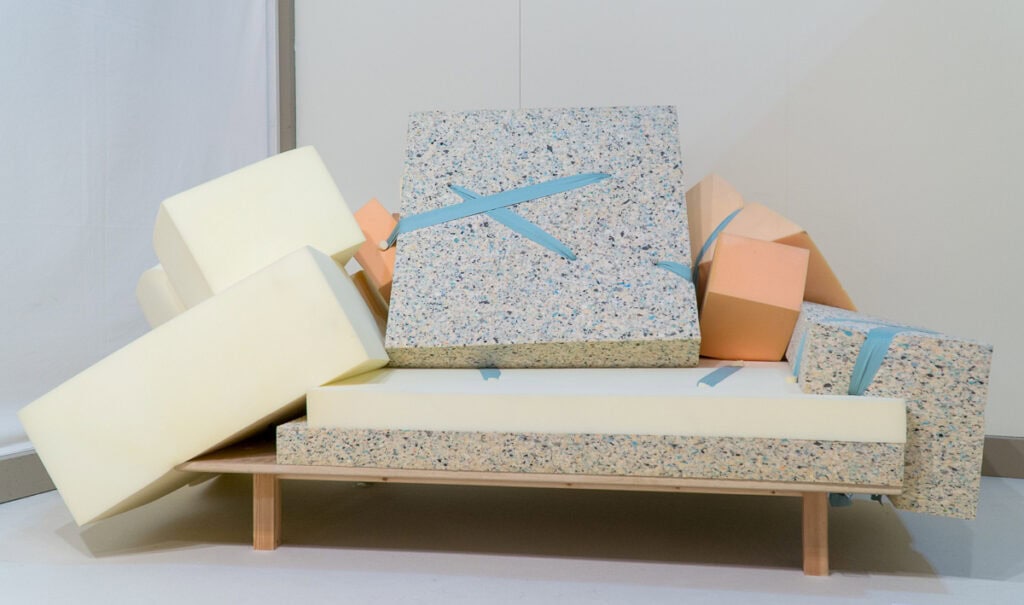
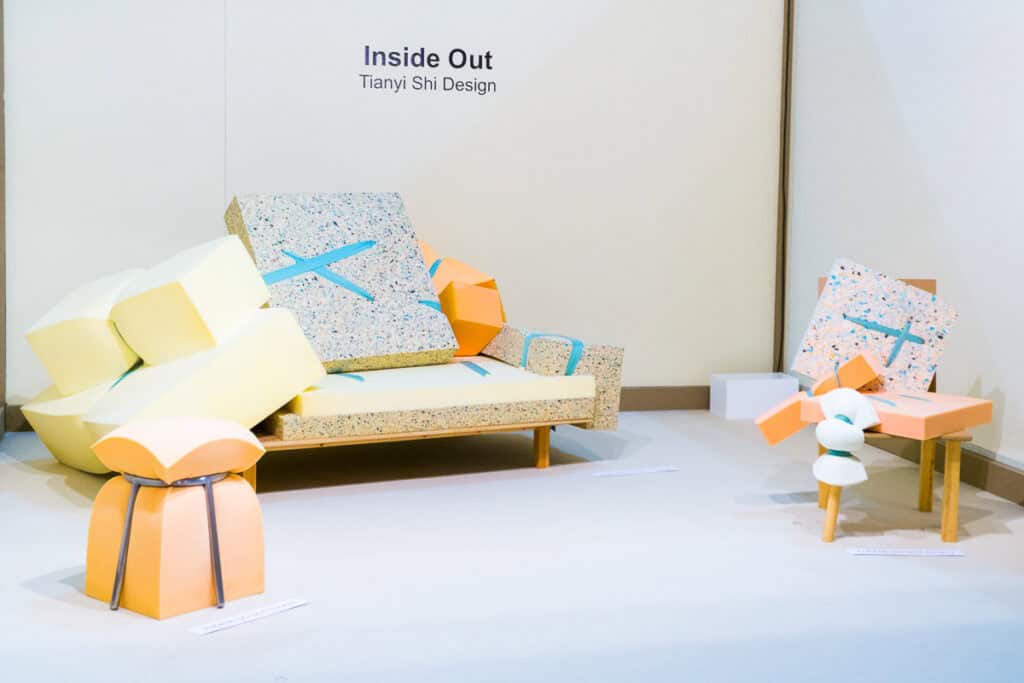
Increase your Material Intelligence:
Subscribe now!Feature Links:
Atelier Insolite: Ravaged Wood, Acrylic
Rust Harvest: Metal, Oxidation, Acrylic
Inside Out : Furniture DNA, Rearranged
...more coming, come back soon!
Support from the following companies made this coverage possible:




